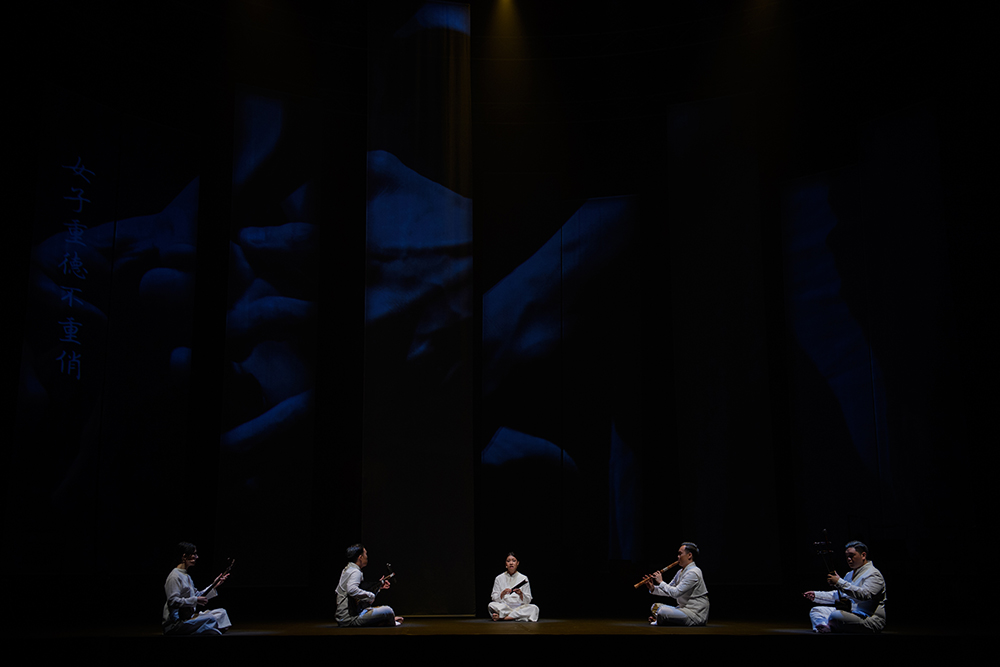
Performance of ‘Soul Journey – Ten Years’ at the Esplanade Concert Hall, Singapore, 2018. Image courtesy of Siong Leng Musical Association
Known as the ‘music of the south’, Nanyin (南音) originated in Quanzhou, Fujian of southern China and can be traced back to the Han dynasty between 206 BC and AD 220. Characterised by slow, gentle and melodic sounds, it is a musical performance genre practiced mainly by the Hokkiens (福建人), a Chinese dialect group in the south-eastern part of the Fujian province in China, as well as Taiwan. Serving as the lingua franca among the communities in Chinese cities, Nanyin was gradually brought over by immigrants to other countries like Japan and Southeast Asia where it flourished and evolved in countries such as Singapore, Malaysia, Vietnam, Indonesia and the Philippines.
This academic collaboration with NAFA’s Institute of Southeast Asian Arts and School of Music (SOM), and Siong Leng Musical Association (SLMA) involves Chinese Instrumental and Composition students from SOM and Nanyin practitioners from SLMA. The programme consists of weekly workshop and sectional practice sessions, culminating in a performance on traditional Nanyin repertory of zhi (指), pu (谱) and qu (曲), in addition to a presentation of new interpretations.